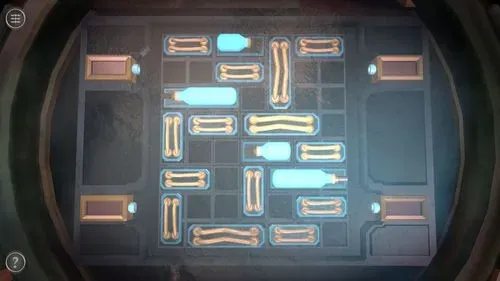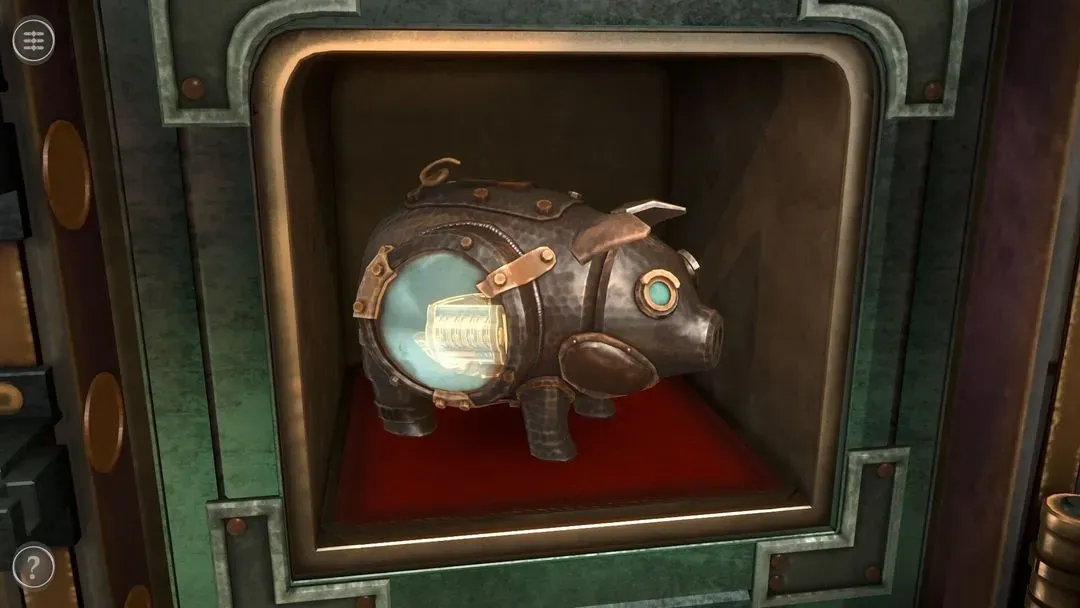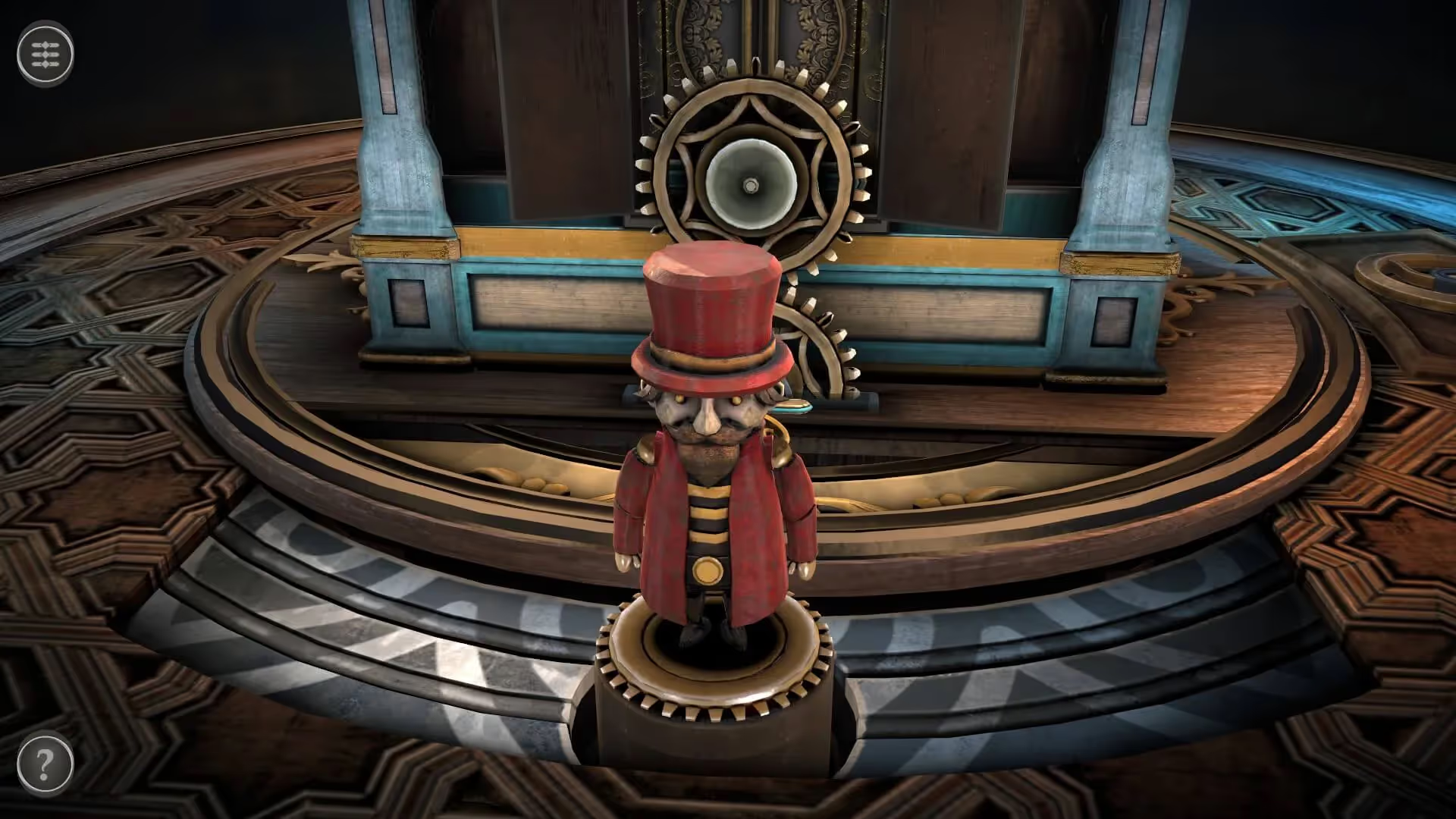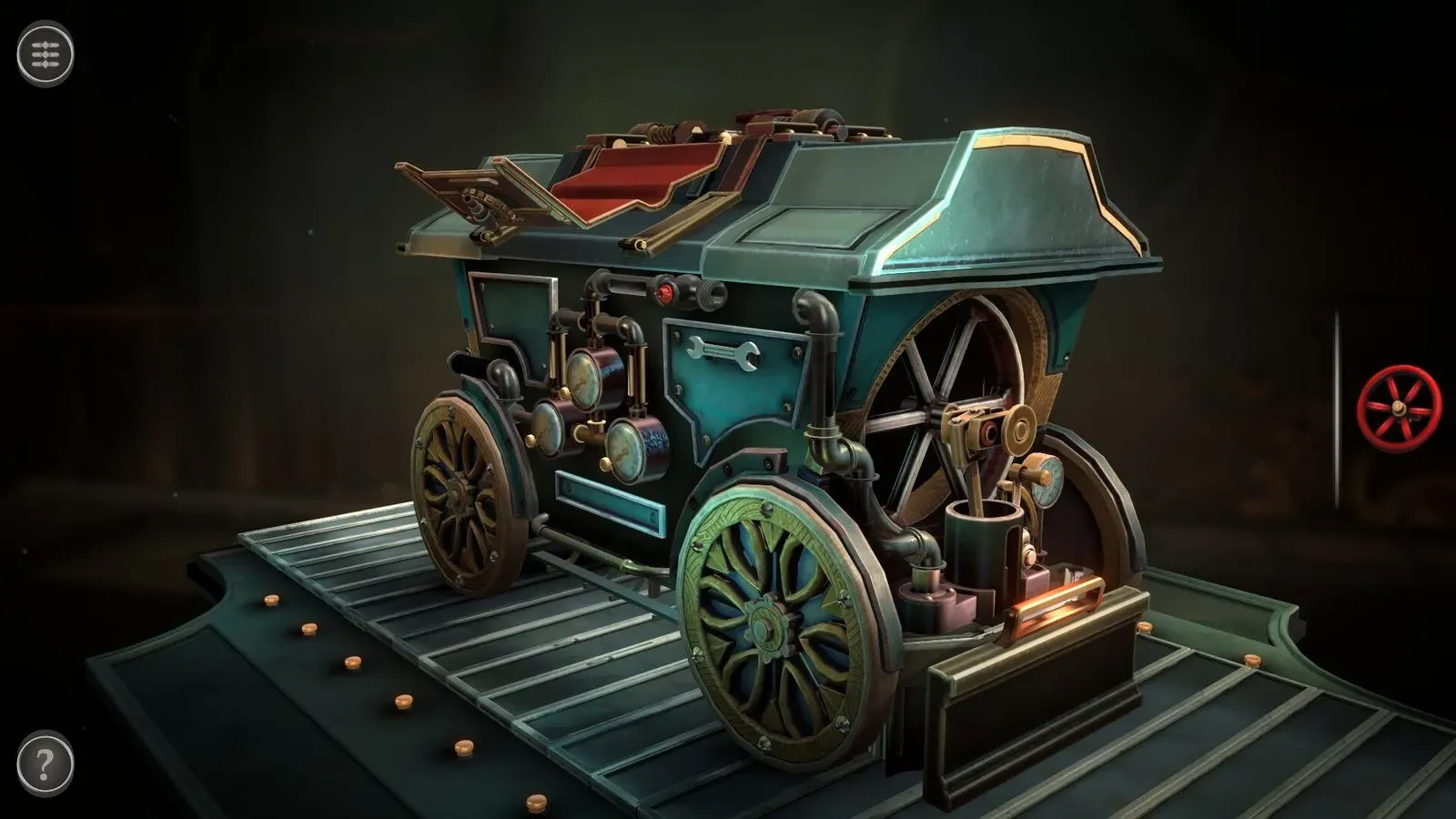PC
There’s something inherently fascinating about a puzzle box. On the surface, it’s just a fancy container which offers its contents a modicum of protection, but one which a determined person with the right tools could brute force their way into. Yet the attraction is its intricacy. The box’s creator has carefully constructed mechanisms such as locks, gears and switches which need to be manipulated in a specific way to allow it to open. That attention to detail is what makes them intriguing; there’s no need to over-engineer something as mundane as a cube, yet our nature cannot help but be compelled to try to solve it.
Such is the case with Boxes: Lost Fragments, which grabbed me the minute I saw its promotional screenshots. Being a huge fan of both The Room series and escape rooms in general, I was excited to see if a game focused almost entirely around a set of puzzle boxes could keep me captivated to the end. The answer is an emphatic “YES”.

Newcomers to this type of game needn’t worry. The interface is introduced through a gentle tutorial to get you used to turning dials, opening drawers, pulling switches and using objects from your inventory. It’s incredibly intuitive, to the point where if you think something is going to move a certain way, it more often than not does. The challenge comes in examining each aspect of the box carefully to make sure you aren’t missing something you can interact with. You have a 360 degree view of it, although only certain parts are interactive. Left-clicking an area will zoom into a portion of a box, right-clicking brings you back out again. Holding or clicking the left mouse button does pretty much everything else, including sliding switches, rotating gears and dials, lifting up flaps and turning keys, as weIl as dragging inventory items into place. Objects you pick up might be mini puzzles themselves, so it’s always a good idea to select them and see if any part of them can be manipulated to reveal something new.

Between the five chapters, which comprise four boxes each, there are further puzzles to solve on the floor of the tower mansion you’re exploring. The fragments you collect are used to help you obtain a token to take you to the next chapter — so in essence, they make an additional set of puzzles. And I’ll be honest: I couldn’t get enough of them. Call me a puzzle monster (omnomonom), but when things are this much fun to interact with, I could spend days flipping switches and unlocking secret compartments and not get bored. I lost track of how many different ways there were to open a hatch or unlock a drawer. You’ll rotate cogs, slide panels, connect fuses and pull levers, each action underscored with phenomenally satisfying sound effects. I honestly think that half the joy you elicit from games like this is completely dependent on sound design. You can make a puzzle as richly detailed and as sumptuously designed as you like, but if its resolution is announced by a few limp clicks pulled from a free SFX site, you’ll walk away disappointed. Boxes clearly agrees, which is why there’s enough ASMR goodness packed into these six or so hours of gameplay to make you dream of grinding gears before you go to sleep. Smashing a piggy bank has never felt or sounded so damn sexy.

While it may seem like there’s a limit to how much you can creatively do with a box, the developer cleverly integrates different styles of gameplay into the mix, such as reflex puzzles, a 2.5D platform section, and even a game of Grandma’s Footsteps. These all tie in thematically with the boxes so they don’t feel jarring; rather, they’ll make you nod in appreciation at just how well crafted everything is. You’ll have your favourites, of course, given that there are twenty different “main” boxes to solve. As you progress, the idea of what constitutes a box becomes a little looser as the devices evolve into weird and wonderful contraptions: a vintage car, a slot machine, a temple. Even the mansion’s puzzles outside of the boxes are fabulously designed. In one, the assembled fragments help power a projector which screens a film for you to study. In another, you’ll navigate a miniature model of a castle. I genuinely found myself shaking my head in wonder at the creativity and thought which had gone into each chapter.

The puzzles, too, are top notch. They’re taxing enough to make you think, but not so difficult that you’ll spend more than ten to fifteen minutes on the most complex. Again, this is thanks to excellent design which gives you the freedom to tackle things in the order you wish, until the point where you need to slot everything together to complete a level. Items you collect disappear once they’ve fulfilled their purpose, streamlining things even further and negating the need to try using every inventory object on every part of a box.

Even though the game generally provides you with all of the clues you need, I still stumbled upon a few solutions by chance. However, those moments helped inform my searching in later levels. You might accidentally click on the corner of a box and discover something, for example, and doing so means you’ll be damn sure you check all future corners for similar solutions. Trickier challenges include surrounding a moving hexagon with hexagons of a different colour, and aligning dials to make electric circuits. If you get really stuck, a hint system will focus on where you need to click next, a gentle pointer which doesn’t spoil the reveal. You also have the option to skip a puzzle if you really can’t work it out.

Almost all of the puzzles make logical sense (which is practically unheard of in this genre), but there are times — usually in the mansion, between box solving — where you’ll need to click around the entire location to make sure you haven’t missed something. That said, even trial-and-error guesses don’t make you feel stupid; if you’ve overlooked a clue, it’s usually down to your lack of thoroughness. There are numerous variations on colour-matching, symbol alignment and rotational tasks. You’d think that repetition would creep in after a few hours of this, but it’s simply not the case here. This is the kind of experience to which screenshots simply don’t do justice. Boxes demands immersion.

The story in most games of this genre often feels extraneous, and while the narrative delivered in text by handheld panels is similarly unlikely to enthral you here (you’re a master thief in search of dark matter for reasons not entirely explained), it’s barely a footnote compared to the meat of the excellent gameplay. Big Loop Studios has clearly studied The Room with a keen eye, and those with a keener eye will note the similarity in the game title font. The elements of that series which made it so fun to play — the polished, bug-free production, satisfying sound effects, gorgeous visuals and ominous soundtrack — are all present in Boxes. If anything, it perhaps cribs a little too much from its forerunner to be truly innovative, and the abrupt ending with a clunky hint of a sequel is a little jarring. But even then I think that’s more due to my own disappointment at finishing it. Twenty boxes aren’t enough. Next time, give me fifty.
You can subscribe to Jump Chat Roll on your favourite podcast players including:
Let us know in the comments if you enjoyed this podcast, and if there are any topics you'd like to hear us tackle in future episodes!



